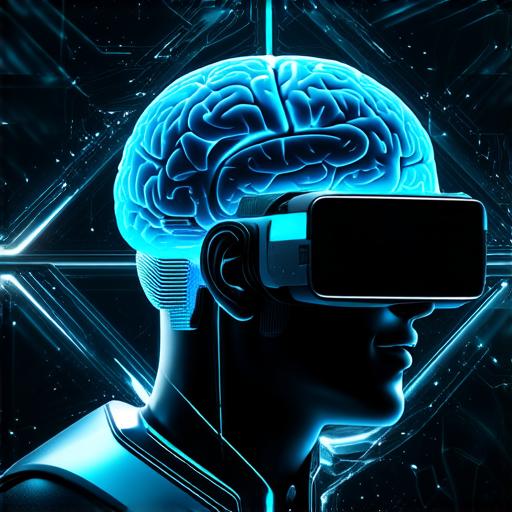
How are virtual reality and human perception interconnected?
In recent years, virtual reality (VR) technology has been rapidly advancing, allowing users to immerse themselves in simulated environments that are increasingly lifelike and interactive.

However, as VR developers continue to push the boundaries of what’s possible with this technology, it’s becoming clear that human perception plays a crucial role in how these experiences are perceived and interpreted.
At its core, virtual reality is all about creating immersive experiences that simulate real-world environments. Whether it’s exploring a faraway planet or stepping into the shoes of a historical figure, VR technology has the potential to transport users into new worlds that were previously unimaginable.
However, this technology is only as effective as the way in which it interacts with human perception.
One key factor that influences how VR experiences are perceived is the way in which our brains process sensory information. When we encounter a new environment or situation, our brains must quickly interpret and make sense of the incoming data in order to respond appropriately.
In the case of VR, this involves processing a vast amount of visual, auditory, and tactile information that can be incredibly complex and disorienting.
Research has shown that the brain is particularly adept at interpreting sensory information in real-time, allowing us to make quick judgments and respond appropriately to our surroundings. However, when presented with a highly immersive VR experience that simulates a new environment, this process can be disrupted.
For example, if a user is suddenly plunged into a dark, enclosed space, their brain may struggle to interpret the incoming sensory information and may instead become disoriented or anxious.
Another important factor that influences how VR experiences are perceived is the way in which our brains process social cues. Humans are inherently social creatures, and we rely heavily on social cues to help us navigate new environments and interact with others.
In the case of VR, this can be particularly challenging, as users may be confronted with social situations that are highly artificial and lack the subtle nuances that are present in real-life interactions.
Despite these challenges, there are many ways in which VR technology can be used to enhance human perception and create more immersive and engaging experiences. For example, researchers have found that incorporating social cues into VR simulations can help users feel more connected to the virtual world and improve their overall sense of presence.
Additionally, by using advanced techniques like haptic feedback and spatial audio, developers can create more realistic and immersive sensory experiences that better mimic the way in which our brains process information in the real world.
In conclusion, virtual reality and human perception are deeply interconnected, with both technologies playing a crucial role in shaping how we experience and interact with the world around us. While there are certainly challenges to overcome when it comes to creating highly immersive VR experiences that accurately simulate real-world environments, with continued research and development, the potential for this technology to enhance human perception and create truly transformative experiences is vast.


